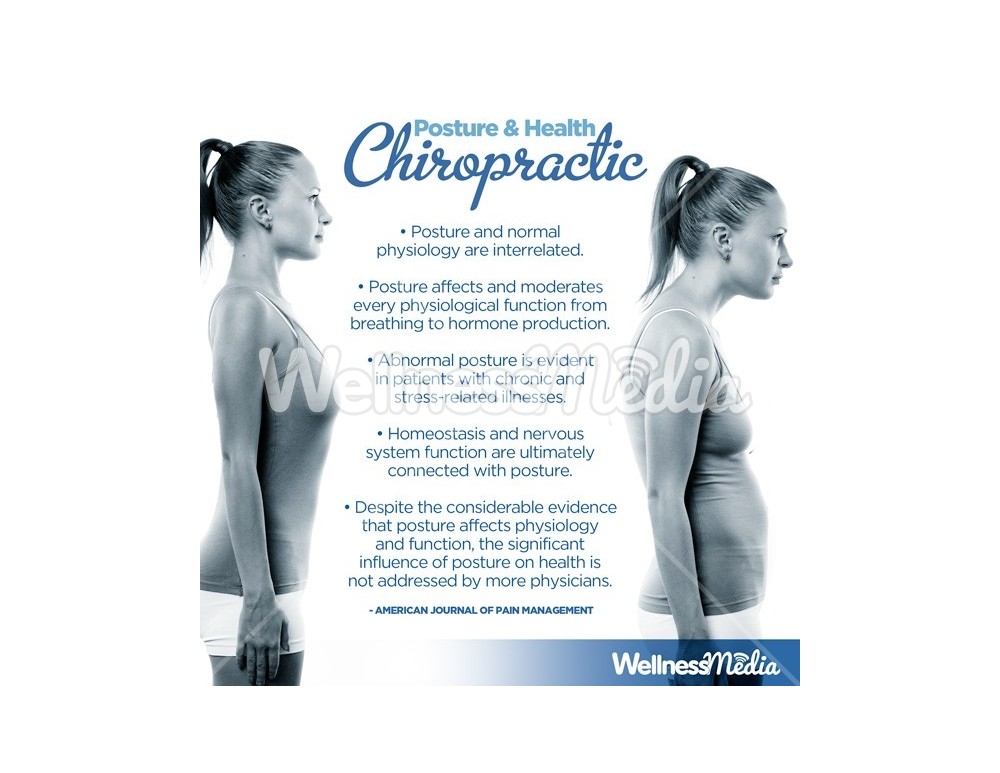Brace On Your Own For An Expedition Right Into The Fascinating Mobile Interactions Of Cold Laser Therapy And Its Utilization Of Light As A Recovery Device. Take A Much Deeper Study The Clinical Facets!
Brace On Your Own For An Expedition Right Into The Fascinating Mobile Interactions Of Cold Laser Therapy And Its Utilization Of Light As A Recovery Device. Take A Much Deeper Study The Clinical Facets!
Blog Article
Personnel Author-Dougherty Roman
You may have become aware of cold laser treatment as an appealing therapy option for different problems, but have you ever wondered exactly how it in fact works with a cellular level? Comprehending the devices behind this treatment can shed light on its performance in advertising recovery and minimizing inflammation. By exploring the science behind cold laser therapy, you'll acquire insights into the fascinating ways in which light can influence mobile processes and promote tissue repair.
Exactly How Cold Laser Treatment Works
To comprehend exactly how cold laser treatment works, you require to understand the basic principles of just how light energy interacts with organic cells. Cold laser treatment, likewise called low-level laser treatment (LLLT), uses particular wavelengths of light to pass through the skin and target underlying cells. Unlike the extreme lasers utilized in procedures, cold lasers produce reduced degrees of light that don't generate warm or trigger damage to the cells.
When these gentle light waves reach the cells, they're taken in by parts called chromophores, such as cytochrome c oxidase in mitochondria. This absorption activates a series of organic responses, including boosted mobile energy production and the release of nitric oxide, which improves blood circulation and decreases swelling.
In addition, the light power can also stimulate the production of adenosine triphosphate (ATP), the power currency of cells, aiding in cellular repair and regeneration processes.
Fundamentally, cold laser treatment takes advantage of the power of light energy to promote healing and alleviate discomfort in a non-invasive and mild way.
Systems of Action
Just how does cold laser therapy actually function to generate its healing results on organic tissues?
Cold laser therapy, additionally referred to as low-level laser treatment (LLLT), operates through a procedure referred to as photobiomodulation. When the cold laser is put on the skin, the light energy permeates the cells and is absorbed by chromophores within the cells.
hair loss treatment options ct , such as cytochrome c oxidase in the mitochondria, are after that stimulated by the light power, bring about a waterfall of organic responses. One vital device of activity is the enhancement of cellular metabolism.
The soaked up light energy raises ATP manufacturing in the mitochondria, which is critical for cellular feature and repair. Furthermore, cold laser therapy helps to lower inflammation by hindering inflammatory moderators and advertising the release of anti-inflammatory cytokines.
This anti-inflammatory effect adds to pain relief and tissue recovery.
Therapeutic Results
Comprehending the restorative impacts of cold laser treatment involves recognizing just how the enhanced cellular metabolic process and anti-inflammatory properties add to its favorable results on biological cells.
When the cold laser is related to the afflicted area, it stimulates the mitochondria within the cells, leading to raised manufacturing of adenosine triphosphate (ATP), which is crucial for mobile function and repair service. This boost in mobile energy accelerates the recovery procedure by promoting cells regrowth and minimizing swelling.
In addition, the anti-inflammatory residential or commercial properties of cold laser therapy help to decrease discomfort and swelling in the targeted area. By preventing inflammatory conciliators and promoting the launch of anti-inflammatory cytokines, cold laser treatment help in reducing discomfort and enhancing the general healing action.
This reduction in inflammation not only gives instant relief yet also supports long-lasting cells repair service.
Verdict
To conclude, cold laser therapy functions by stimulating mobile repair service and tissue regrowth via photobiomodulation. Its anti-inflammatory properties supply pain alleviation and lower swelling by inhibiting inflammatory arbitrators.
This therapy provides a detailed strategy to healing, delivering both instant alleviation and long-lasting cells repair advantages.
Through infrared body wrap before and after of activity, cold laser treatment verifies to be an effective and encouraging treatment choice for a range of conditions.
